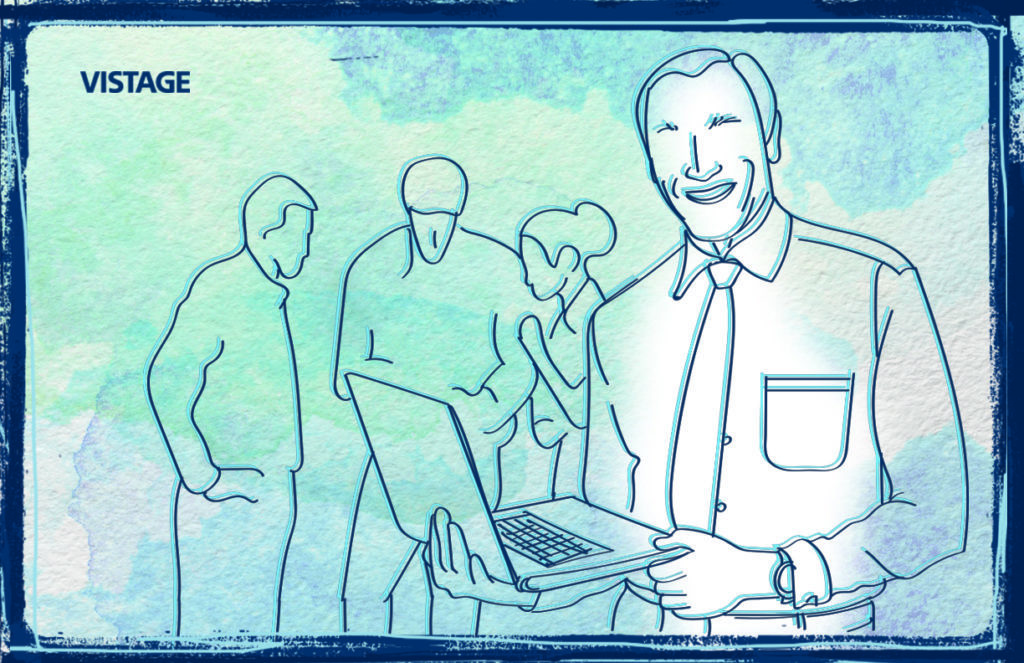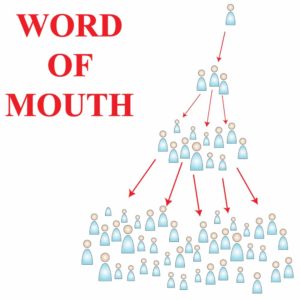The Art & Science of Word-of-Mouth Marketing

Recently, I was helping a number of young people to build business plans and develop marketing plans for new businesses. Overwhelmingly, their approach to marketing was “put the word out there through social media (without being specific as to which one and why) and spread it through word-of-mouth (WOM) or buzz. It reminded me of the dream: “if you build it, they will come”. It’s obviously a lot more complex, and I thought I’d share with you some of the insights we discussed.
 Buzz works best when you have a contagious product and are willing to invest resources and energy to accelerate natural contagion. Two studies are relevant:
Buzz works best when you have a contagious product and are willing to invest resources and energy to accelerate natural contagion. Two studies are relevant:
- McKinsey & Co found that 50% of all purchasing decisions are based on friends’ recommendations
- Nielsen found that 92% of consumers trust recommendations from people they know. Interestingly, people today have integrated the internet so well in their lives that 70% trust online recommendations even though they’re from strangers!
To get your message widely disseminated you need to do:
- Develop your brand’s stories for maximum WOM impact
- Define your target audience and the communications network to deliver the message
- Package the messages into marketing campaigns
- Aim it at “Influencers” or “Centers of Influence” who are likely to promote the message
The science of Influencers or “Opinion Leaders” has been around for over 75 years and it has been applied to the adoption of innovations ranging from corn seeds used to birth control. Influencers are a small subset of the target population (often less than 10%) who are compelled by their nature (intrinsically motivated) to tell friends about “this cool new thing they found.” They (1) search for new information and like to try new things in order to have new experiences and (2) like sharing stories with others because it helps them build and deepen relationships with people. Therefore, identify them and, by offering something that is relevant, interesting and authentic, you will attract them to you! Second, because they play this role within their “community”, people recognize them as centers of influence, speeding up their ability to spread the word.
Therefore, you make the Brand’s story talkable – relevant, interesting and authentic, they will begin the process of telling others. As social support for the idea grows, a critical mass can be achieved and the net result is that the innovation (e.g., iPhone, iTablet) goes mainstream.
Here’s an example. The producers of the new Bissell sweeper wanted to introduce its ability to pick up things that even vacuum cleaners often forget – like tiny toys, pine needles, kitty litter, small Lego blocks, etc. The company sought a platform which lent it self to people sharing ideas with other people and encouraging more conversations. Rather than choose an online platform where people share experiences (e.g., Yelp, Trip Advisor, etc.), they choose one that was offline. Prior to Christmas, it made a deal with Macy’s to have a “brand ambassador” stand next to the Santa Claus line and throw pine needs and little toys on the floor and then scoop them up with the sweeper, while mothers and their kids waited on line to speak to Santa. Mothers were intrigued; kids were fascinated and wanted to help. Soon dozens were throwing toys and needles on floor and taking turns scooping them up with sweeper
At that point, mothers whipped out their cell phones and snapped pictures of their kids – who were already dressed up to meet Santa. So the pictures are natural and gorgeous, allowing moms to then post them on Facebook, Twitter and Instagram with comments like “We were in waiting in line to see Santa, and there was this woman throwing action figures and pine needles all over a cart. Paul ran up and asked if he could use the sweeper too to clean the, and next thing is he’s doing it in the middle of the mall. By the way, you should check out this sweeper, because it really did seem to such up the pine needles!” The result: word spread to thousands of moms and infected conversations within local schools. These Brand Ambassadors fueled growth: first year sales were up 15%, 2nd year, 25%!
So, what are you doing to encourage people to engage in WOM for your business? How are you creating talkable brand stories and attract influencers to maximize WOM impact Share your experiences!
Category: Customer Engagement
Tags: Brand Ambassadors, Marketing, social media marketing, Vistage International, Word of Mouth

